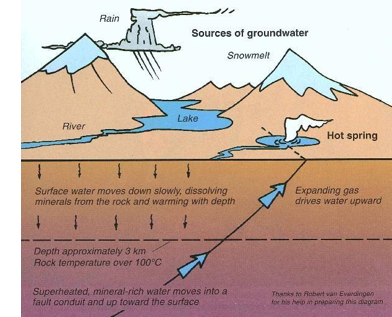7667766266
enquiry@shankarias.in
Mains: GS III - Conservation, Environmental Pollution and Degradation, Environmental Impact Assessment.
Recently, the findings in Himalayan regions have revealed the shrinking of Himalayan springs.
What is the importance of Himalayan springs?
Springs occur when water pressure causes a natural flow of groundwater onto the earth’s surface.
These springs are known as dhara, mool, kuan in the central and eastern Himalayas and chashmaand naulain the western Himalayas.

What is the current issue?
What are the causes for drying of Himalayan springs?
Sikkim’s Dhara Vikas initiative |
|
Quick Facts |
|
Reference